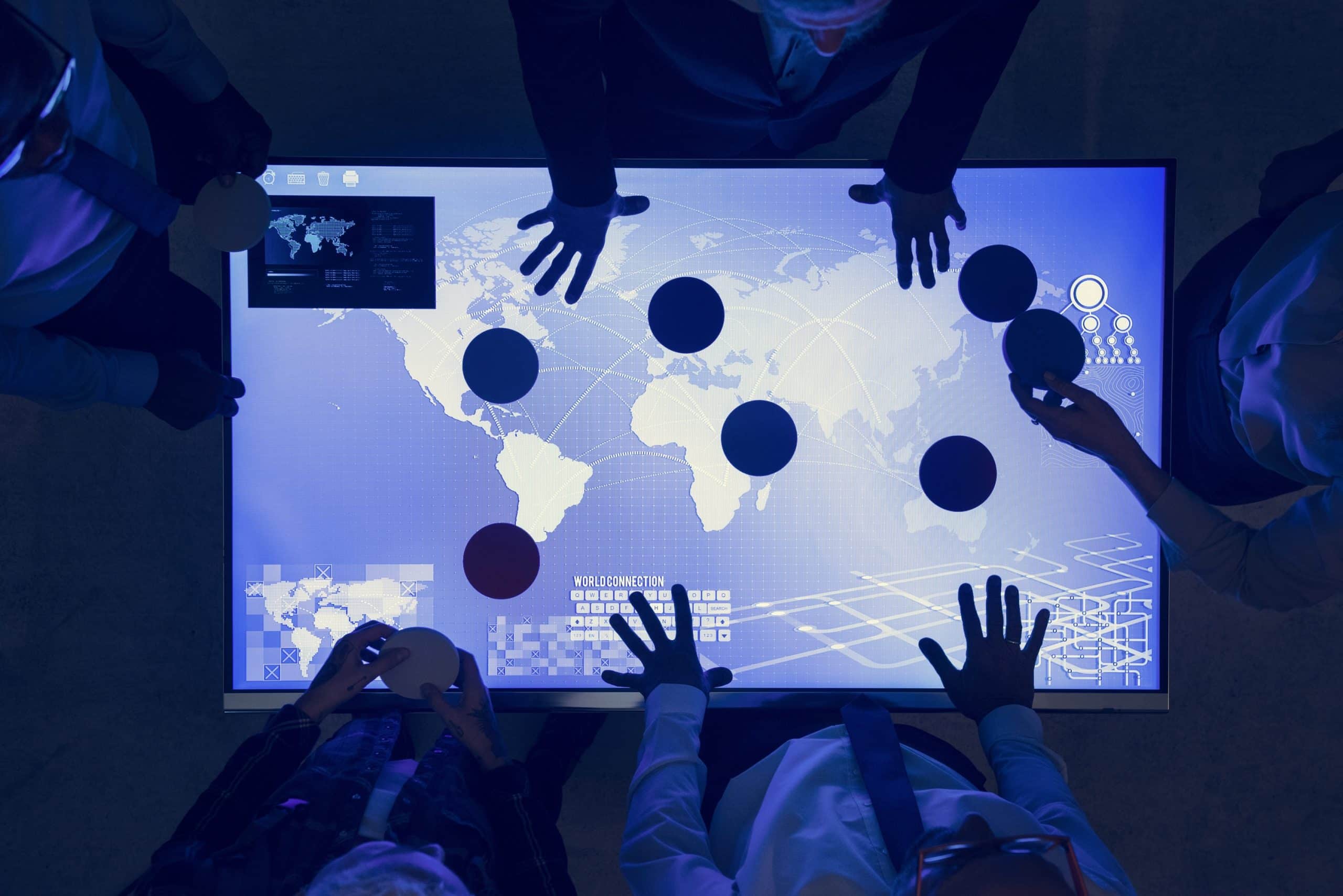In the face of continuous and unforeseen disasters, the need for efficient emergency response services has never been more critical. Advanced technologies are increasingly playing a vital role in enhancing the speed and effectiveness of these services. Emergency response services in the UK, in particular, have integrated numerous technologies to improve their service delivery and ensure the safety of the public. In this article, we delve into the advanced technologies that are revolutionizing the UK’s emergency response services.
The Internet of Things (IoT) in Emergency Response
The Internet of Things (IoT) has transformed various sectors, and emergency services are no exception. IoT devices play a significant role in providing critical data that helps in emergency management. These devices, ranging from smart sensors to wearable technologies, provide real-time data that allow responders to assess the situation accurately and respond more effectively.
En parallèle : What’s the Role of Synthetic Biology in UK’s Biomedical Research?
For instance, smart sensors installed in buildings can detect fires, gas leaks, or structural failures and alert emergency services. Wearable IoT devices provide vital information about the individuals involved in an emergency, including their location and health status. This data not only speeds up the response time but also equips the responders with crucial information that can help save lives.
Moreover, IoT devices can connect to each other, forming a network that provides a holistic view of the emergency situation. This interconnectedness enables more efficient coordination among different emergency services, resulting in a more effective response.
A lire aussi : How to Utilize Smart Home Technologies to Enhance Elderly Care in the UK?
Big Data and Analytics in Emergency Management
Big data and analytics are transforming the way emergency services manage and respond to crises. The massive amount of data generated from various sources, such as IoT devices, social media, and government databases, can provide invaluable insights into emergency situations.
Big data analytics can help predict potential emergency situations by analyzing trends and patterns in the data. For instance, by analyzing weather data, potential natural disasters such as floods or storms can be predicted, allowing for preventative measures to be taken.
Furthermore, during an emergency, big data analytics can provide real-time insights that can guide the response efforts. For instance, by analyzing social media posts, emergency services can gauge the public’s reaction and understand the severity of the situation. This real-time data can help emergency services respond more quickly and effectively.
Artificial Intelligence (AI) and Machine Learning (ML)
Artificial Intelligence (AI) and Machine Learning (ML) are becoming integral parts of emergency response services. AI can analyze vast amounts of data more quickly than humans, providing critical insights in a timely manner.
For instance, AI algorithms can be used to categorize emergency calls based on their urgency, ensuring that the most critical cases receive immediate attention. ML, on the other hand, can learn from past data and improve the accuracy of future predictions and responses.
Also, AI and ML can help in resource allocation during emergencies. By predicting the severity and impact of an emergency, these technologies can assist in determining the amount of resources needed for the response, ensuring that resources are used efficiently and effectively.
Drones and Robotics in Emergency Response
Drones and robotics are revolutionizing the way emergency services respond to crises. These technologies provide numerous benefits, from improving situational awareness to aiding in search and rescue missions.
Drones equipped with cameras and sensors can provide real-time aerial views of the emergency scene, enabling emergency responders to assess the situation accurately and plan their response effectively. They can also reach areas that are inaccessible or dangerous for humans, reducing the risk to emergency personnel.
Robotics play a crucial role in search and rescue operations. Robots can navigate through rubble in case of building collapses or earthquakes, locate victims, and provide essential supplies. With these technologies, emergency services can respond more quickly and efficiently, saving more lives in the process.
Cloud-Based Emergency Response Systems
The adoption of cloud-based systems in emergency response services is another advanced technology trend in the UK. These systems offer numerous benefits, such as scalability, accessibility, and cost-effectiveness.
Cloud-based emergency response systems allow for real-time sharing and access to critical data. All relevant parties, including emergency responders, hospitals, and government agencies, can access this data, ensuring coordinated and effective response.
Furthermore, these systems are scalable, meaning they can handle large amounts of data and high demand during major emergencies. The flexibility and cost-effectiveness of cloud-based systems make them an ideal solution for emergency response services.
By adopting these advanced technologies, the UK’s emergency response services are ensuring that they can respond more effectively and efficiently to emergencies. This not only saves time but, more importantly, saves lives. The future of emergency response services lies in the continuous adoption and integration of these advanced technologies.
Augmented Reality (AR) and Virtual Reality (VR) in Emergency Services
In the realm of emergency services, Augmented Reality (AR) and Virtual Reality (VR) are emerging as vital tools for training and enhanced situational awareness. They present a new dimension in which emergency responders can practice and hone their skills without the need for real-life disaster scenarios.
AR overlays digital information onto the real world, providing additional data that can enhance the understanding of a situation. For instance, AR could be used to display building schematics to firefighters during a rescue operation, guiding them through potentially hazardous conditions. It could also provide important details about the health status of a patient to paramedics, enabling them to make informed decisions quickly.
VR, on the other hand, immerses users in a simulated environment. This can be particularly useful for training emergency responders. For example, VR can recreate various disaster scenarios, allowing responders to practice their skills and decision-making abilities in a controlled but realistic environment.
These technologies also have the potential to transform emergency alert systems. By integrating AR and VR with IoT technology, emergency services could deliver real-time, location-specific alerts to the public. This could drastically improve public safety by providing people with actionable information during an emergency.
Mobile Applications and Social Media in Emergency Response
With the ubiquitous use of smartphones and social media, these platforms have become indispensable tools in emergency response. Mobile applications and social media platforms can facilitate the swift dissemination of information, enhancing communication between emergency services and the public.
Mobile applications can provide a direct line of communication between the public and emergency services. These apps can allow individuals to report emergencies, receive real-time updates, and even guide them on basic first aid procedures.
Social media platforms can serve as a vital source of real-time information during emergencies. Emergency services can monitor these platforms to gauge the public’s reaction, gather information about the situation, and even identify areas in need of assistance. The integration of data analytics and Artificial Intelligence can further streamline this process, enabling the automated collection and analysis of data from social media.
Moreover, emergency services can use these platforms to send out emergency alerts and updates, assisting in the management of public safety during emergencies. The use of mobile applications and social media thus represents a significant aspect of the digital transformation of emergency services.
Conclusion
The integration of advanced technologies in the UK’s emergency response services is a clear testament to the nation’s commitment to enhancing public safety. From IoT devices providing real-time data to the use of AI and ML in decision making, these technologies are revolutionizing the way emergencies are managed. The use of drones and robotics in emergency response, cloud-based systems for seamless data sharing, and AR/VR technologies for training and situational awareness further underscore this evolution.
Moreover, the leveraging of mobile applications and social media in emergency response reflects a shift toward a more connected and informed society. As these technologies continue to evolve and improve, they promise to bring about even greater efficiencies and improvements in the UK’s emergency response services. The future certainly looks promising, with a focus on continuous innovation and the adoption of advanced technologies aimed at ensuring public safety and effective crisis management.











